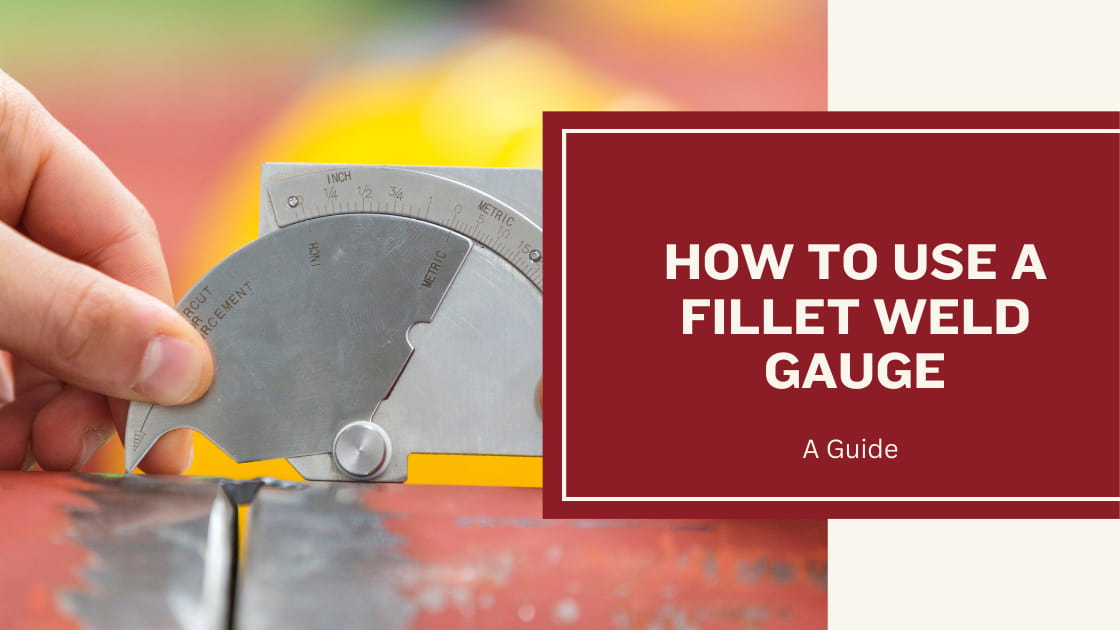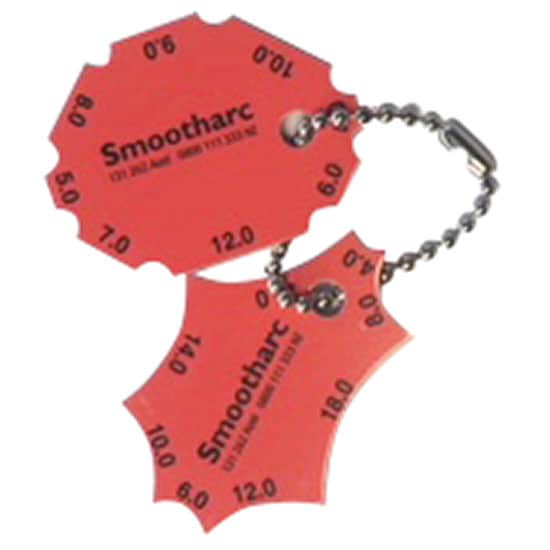Improving Your Welding Abilities: Focus on Gauge Fillet Welds
Improving Your Welding Abilities: Focus on Gauge Fillet Welds
Blog Article
Fillet Weld Style Methods: Optimizing Joint Performance and Looks for Structural Stability
In the realm of structural engineering and manufacture, the significance of fillet weld style approaches can not be overemphasized. By carefully thinking about variables such as weld account optimization, product selection, joint prep work strategies, welding process effectiveness, and visual improvement designers, fabricators and techniques can accomplish an unified equilibrium between functionality and look in their bonded frameworks.
Weld Account Optimization


Achieving an optimum weld account includes a meticulous factor to consider of variables such as material thickness, joint configuration, welding position, and wanted welding speed. Furthermore, the choice of appropriate welding parameters, such as voltage, current, and take a trip speed, is basic in regulating the shape and measurements of the fillet weld. Making use of sophisticated welding strategies, such as pulse welding or robot welding, can even more refine the weld profile to meet details layout demands and top quality criteria.
Essentially, weld profile optimization is a basic facet of fillet weld design that straight affects the general performance and dependability of welded joints in architectural applications.
Material Option Factors To Consider
When thinking about product selection for fillet weld style, the compatibility of the base metals is a critical variable influencing the structural stability of the joint. It is vital to pick materials that not only weld together efficiently however likewise have similar mechanical homes to ensure the load is equally dispersed in between the base and the weld metals. Welding materials with significantly different homes can cause concerns such as tension concentrations, premature joint failing, or cracking.
Furthermore, the atmosphere in which the bonded framework will certainly operate must be considered when selecting products. Elements like corrosion resistance, temperature changes, and exposure to chemicals can all influence the durability and performance of the weld joint. By picking products that appropriate for the designated application and environment, the total durability and integrity of the welded joint can be dramatically improved.
Consequently, detailed factor to consider of product compatibility and ecological elements is vital in making certain the weld joint's stamina, longevity, and general structural stability.

Joint Preparation Strategies
Thinking about the crucial role material selection plays in ensuring the architectural stability of fillet weld joints, it is necessary to implement accurate joint prep work methods that enhance the connection in between the base steels. Joint prep work is a crucial step that directly influences the quality and stamina of the weld. One fundamental technique is internet the cleansing of base steels to get rid of any contaminants like rust, oil, or paint that might compromise the weld's integrity. This can be accomplished with techniques such as grinding, cable brushing, or chemical cleaning.
In addition, correct fit-up of the joint is necessary to guarantee consistent distribution of the welding material and stop flaws like incomplete penetration or extreme accumulation. Beveling the sides of the base metals can create a groove that allows for much deeper weld penetration and a stronger bond. Additionally, tack welding the components in place prior to the last weld assists preserve alignment and lessens distortion throughout the welding process. By thoroughly complying with these joint preparation techniques, welders can enhance the general efficiency and aesthetics of fillet weld joints while making certain structural sturdiness.
Welding Process Efficiency
Efficient welding procedures are essential for attaining optimal performance and high quality in fillet weld manufacture. One essential aspect of improving welding process performance is choosing the proper welding method. Variables such as product type, joint layout, and welding setting must be meticulously taken into why not check here consideration to establish the most suitable approach. Procedures like gas metal arc welding (GMAW) and flux-cored arc welding (FCAW) are typically utilized for fillet welds due to their convenience and speed.
Moreover, guaranteeing appropriate devices arrangement and upkeep is vital for efficient welding. Normal calibration of welding devices, inspection of consumables, and maintenance of soldering iron can avoid downtime and rework, ultimately saving time and resources. Furthermore, using skilled welders with competence in the particular welding process being made use of can considerably impact performance. Trained welders are much more proficient at readjusting specifications, repairing issues, and keeping regular weld high quality.
Aesthetic Enhancement Methods
To enhance the quality of fillet weld fabrication, implementing visual enhancement methods can play a crucial role in making certain precision and precision throughout the welding process. Aesthetic aids such as weld size assesses and multiplying lenses can assist in examining weld profiles and measurements precisely. By integrating these visual improvement approaches into the welding process, welders can accomplish not just structurally sound fillet welds however additionally visually appealing results that meet market standards.

Conclusion
Finally, maximizing fillet weld layout includes cautious factor to consider of weld profile, product selection, joint prep work, welding procedure efficiency, and visual enhancement methods. By executing these strategies, architectural integrity can be enhanced while additionally achieving visual allure. It is necessary to focus on both efficiency and looks in fillet weld style to guarantee the total quality and resilience of the joint.
By diligently considering aspects such as weld profile optimization, material selection, joint prep her comment is here work methods, welding procedure efficiency, and visual enhancement techniques, designers and fabricators can achieve an unified balance in between performance and appearance in their welded structures.In the realm of fillet weld style, maximizing the weld account plays an important role in guaranteeing architectural integrity and efficiency. The weld profile, which consists of the dimension and form of the weld cross-section, directly influences the circulation of stress and anxiety and load-bearing capability within the joint. It is essential to select products that not just weld together efficiently however also have comparable mechanical properties to make certain the load is uniformly dispersed in between the weld and the base steels - Gauge Fillet Weld.In final thought, optimizing fillet weld design involves cautious consideration of weld account, product choice, joint preparation, welding procedure effectiveness, and visual improvement methods
Report this page